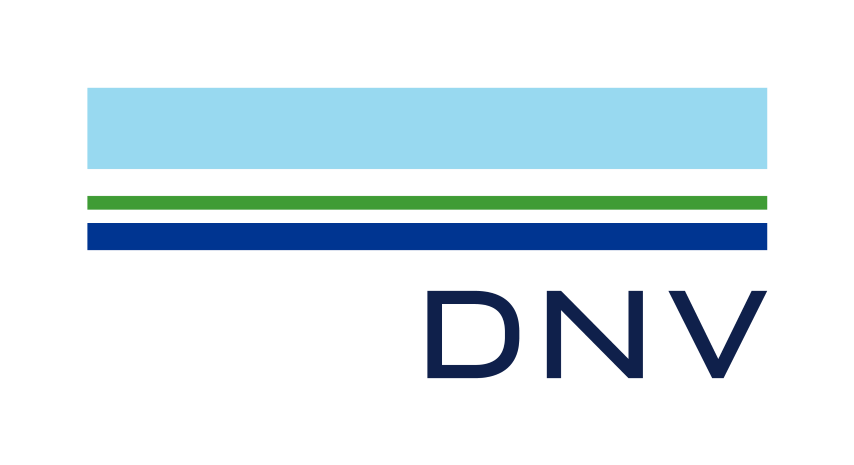Dear All.
I'm writing to inquire about repair methods for long-distance subsea pipelines designed according to the DNV Code.
The pipeline in question is currently covered by protective rock armor, and internal corrosion has been deteced in certain areas based on IP inspection results.
It has been confiemd that theses areas are located more than 2.5 kilometers away from the shore.
Given this situation, it is deemed challenging for personnel to directly access the pipeline for wleding repairs.
Therefore, I would appreciate it if you could provide information on appropriate repair methos and corrosion prevention measures
that coule help extend the service life of the subsea pipeline.
Thanks.
I'm writing to inquire about repair methods for long-distance subsea pipelines designed according to the DNV Code.
The pipeline in question is currently covered by protective rock armor, and internal corrosion has been deteced in certain areas based on IP inspection results.
It has been confiemd that theses areas are located more than 2.5 kilometers away from the shore.
Given this situation, it is deemed challenging for personnel to directly access the pipeline for wleding repairs.
Therefore, I would appreciate it if you could provide information on appropriate repair methos and corrosion prevention measures
that coule help extend the service life of the subsea pipeline.
Thanks.

